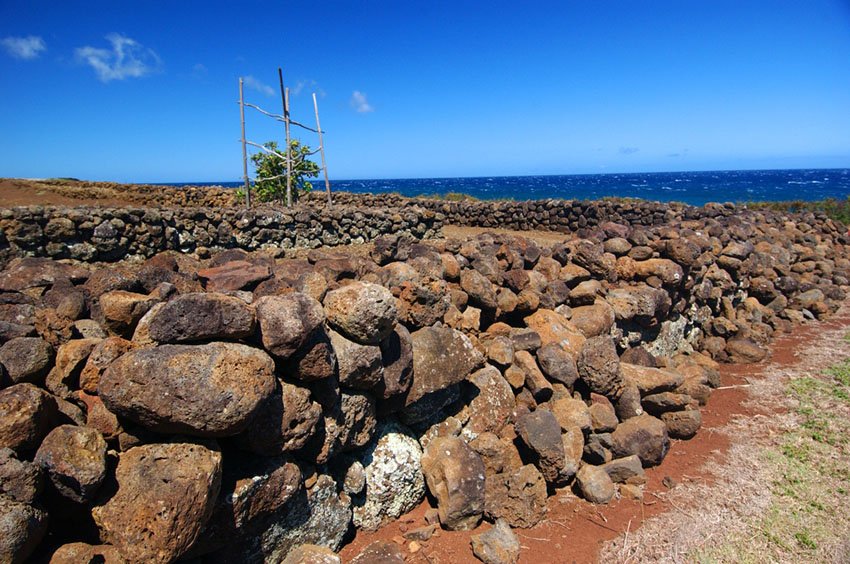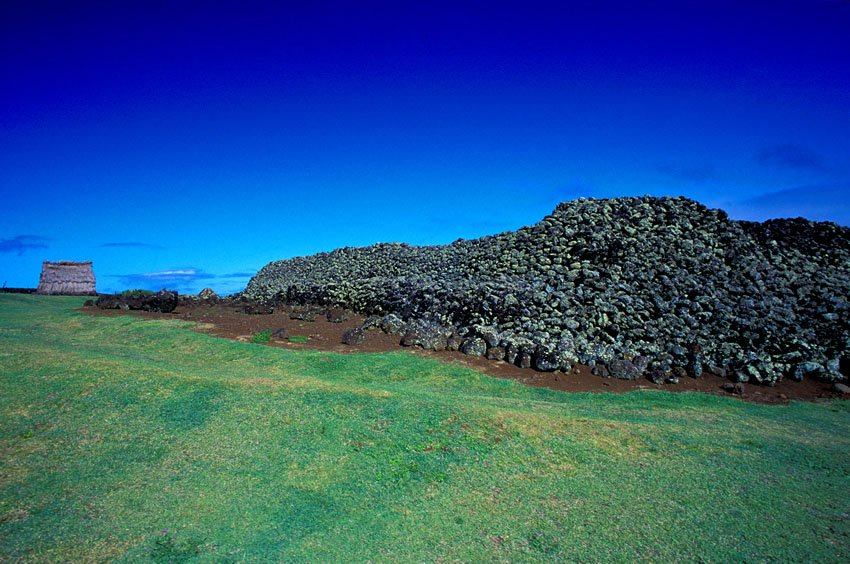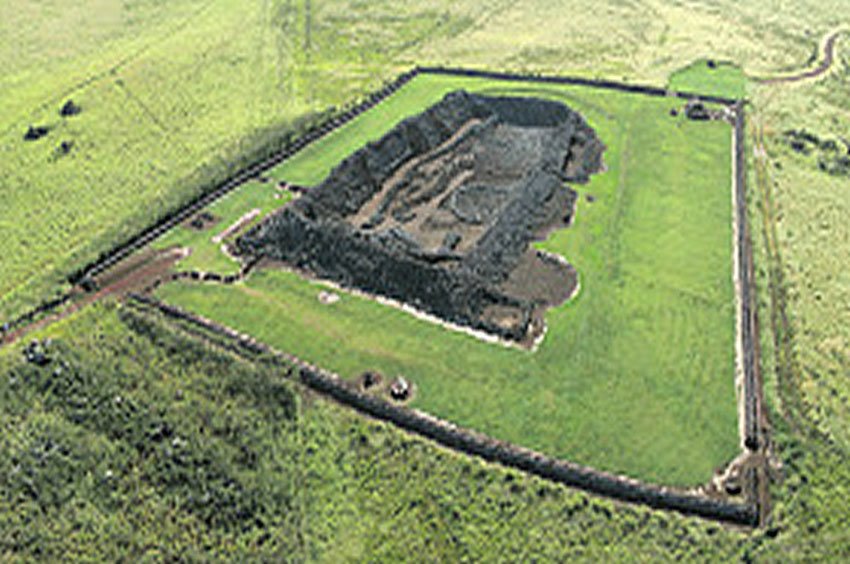Mookini Luakini Heiau

Mookini Luakini Heiau, Big Island
Mookini Luakini Heiau in North Kohala is one of the oldest and most significant in all of Hawaii. A dramatic (and somewhat gruesome) history surrounds the heiau, which was built around AD 480.
About 500 years later, a Tahitian high priest named Pa'ao arrived and brought order and structure to the community. Unfortunately, this order came with a new tradition: human sacrifice. The heiau still bears the large, flat stone where actual human sacrifices were made, and some visitors swear they can feel the spirits roaming the temple.
However, the heiau wasn't purely a place of suffering. When there were no sacrifices, the priests allegedly used the temple to communicate with the gods and their long-dead ancestors.
Despite the air of dark mystery surrounding the place, Mookini is one of the most significant historic sites in Hawaii. After Pa'ao arrived, he wanted to enlarge the heiau. According to an oral legend, the stones for the temple were placed in a single night. About 18,000 warriors carried them here by hand, all the way from Pololu Valley 14 miles (22.5 km) away.
The heiau was designated as Hawaii's first registered National Historic Landmark in 1963. The stone structure is much smaller than it used to be in ancient times, but its remains still measure 250 feet (76 m) by 125 feet (38 m), with 6-foot (1.8 m) high walls.
Mookini Luakini Heiau Overview
- One of the first heiaus to be built on the island
- Located in an isolated and difficult to access area in North Kohala (road to it is rough and may not be passable – so a short hike may be necessary)
- In the past, only alii nui (kings and chiefs) were allowed at the heiau, who used to pray, fast and offer human sacrifices
- Legend says that the heiau was built as early as AD 480 – upon the arrival of the first Polynesian seafarers
- Heiau was enlarged by Tahitian priest Pa'ao, who arrived in the 12th century and dedicated the heiau to war god Ku
- Used to be a closed heiau, but the kapu of restriction was lifted in 1978 so that now all can enter – be respectful and stay on the designated paths
- A stone wall was built around the heiau in 1981 to protect it
- Located near the heiau (a few minutes walk down a dirt road) is the site of Kamehameha's birthplace













